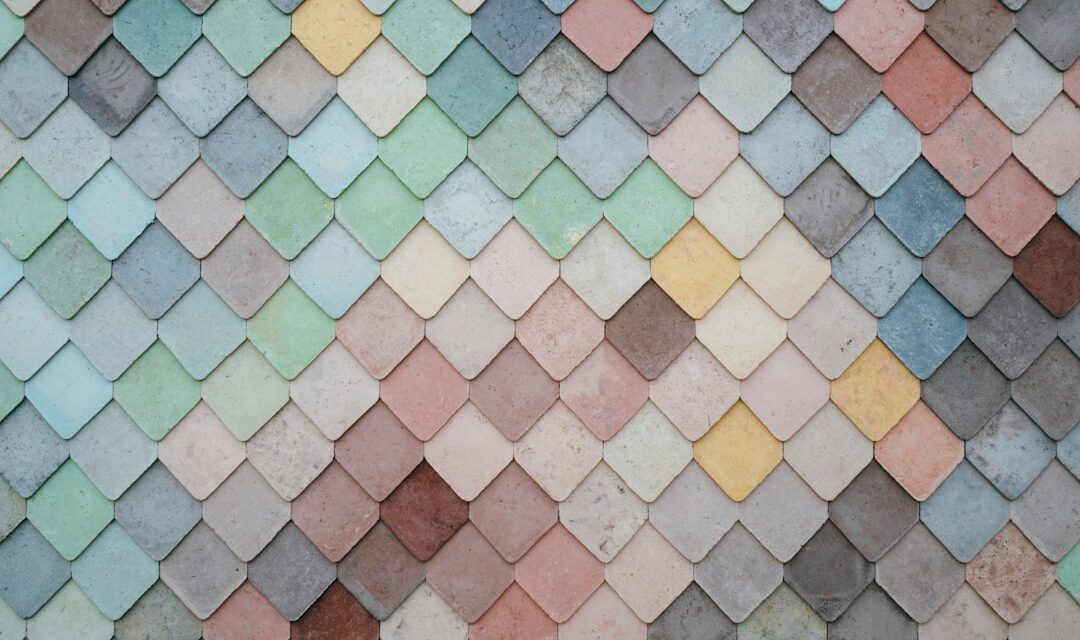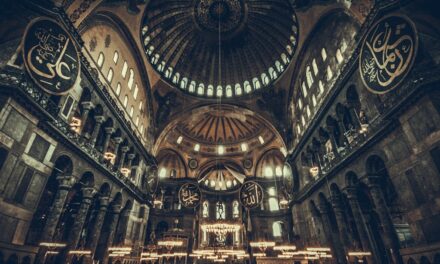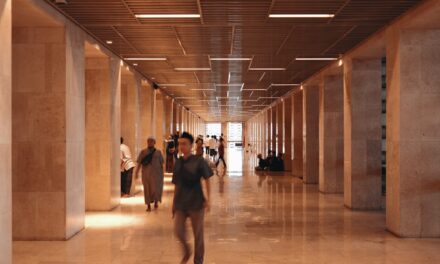Art Nouveau, a decorative art style that emerged in the late 19th century, was a response to the academic art and historicism prevalent in the art world of that period. The movement originated in the 1880s and remained fashionable until the commencement of the First World War. Characterised by its use of sinuous, organic forms and intricate patterns, Art Nouveau sought to break away from the rigid conventions of traditional artistic styles.
This innovative approach influenced various aspects of visual arts, architecture, and design across Europe and beyond. Notable practitioners of Art Nouveau included the Scottish architect Charles Rennie Mackintosh and the Czech artist Alphonse Mucha, whose works exemplified the movement’s emphasis on natural motifs and elegant craftsmanship.
Summary
- Art Nouveau originated in the late 19th century as a reaction against academic art and historicism, drawing inspiration from natural forms and structures.
- The characteristics of Art Nouveau include organic and asymmetrical lines, use of natural motifs such as flowers and plants, and a focus on decorative arts and craftsmanship.
- Key artists and designers of Art Nouveau include Alphonse Mucha, Gustav Klimt, and Louis Comfort Tiffany, who contributed to the movement’s distinctive style and aesthetic.
- Art Nouveau had a significant influence on architecture, with its emphasis on curved lines, decorative elements, and integration of art into everyday life, seen in buildings such as the Casa Batlló in Barcelona.
- Art Nouveau also left its mark on decorative arts and fashion, with its influence evident in jewellery, glassware, and textile designs, showcasing the movement’s impact on everyday objects and personal adornment.
- The legacy of Art Nouveau can still be seen today in the preservation of historic buildings, the continued popularity of Art Nouveau-inspired designs, and the ongoing exploration of the movement’s artistic and cultural significance.
- Exploring Art Nouveau today offers a chance to appreciate the movement’s enduring appeal and its continued relevance in contemporary art, design, and architecture.
The term “Art Nouveau” is French for “new art,” and it was known by different names in different countries, such as Jugendstil in Germany, Modernismo in Spain, and Stile Liberty in Italy. The movement was a response to the industrial revolution and the mass production of goods, seeking to create a new aesthetic that embraced nature and organic forms. Art Nouveau was heavily influenced by the Arts and Crafts movement, as well as Japanese art and the natural world.
The Break from Tradition
The movement sought to break away from the rigid, symmetrical designs of the past and embrace a more fluid and natural aesthetic.
Innovative Materials and Techniques
Art Nouveau also incorporated new materials and techniques, such as iron, glass, and ceramics, to create innovative and modern designs.
A Celebration of Colour and Pattern
The movement was also known for its use of vibrant colours and intricate patterns, often inspired by the natural world.
Characteristics of Art Nouveau

Art Nouveau was characterized by its use of organic forms and motifs inspired by nature. The movement embraced sinuous, flowing lines that mimicked the shapes of plants and flowers, as well as asymmetrical designs that reflected the irregularity of nature. Art Nouveau also incorporated a wide range of materials, including iron, glass, ceramics, and wood, to create innovative and modern designs.
The movement sought to break away from the rigid, symmetrical designs of the past and embrace a more fluid and natural aesthetic. Another key characteristic of Art Nouveau was its use of vibrant colours and intricate patterns. The movement often drew inspiration from the natural world, incorporating motifs such as butterflies, dragonflies, peacock feathers, and other flora and fauna.
These motifs were often used in repetitive patterns to create a sense of rhythm and movement in the designs. Art Nouveau also embraced new techniques, such as the use of stained glass and innovative metalwork, to create unique and modern designs.
Key Artists and Designers of Art Nouveau
Some of the key artists and designers associated with Art Nouveau include Alphonse Mucha, Gustav Klimt, Louis Comfort Tiffany, Hector Guimard, and Antoni Gaudí. Alphonse Mucha was a Czech artist known for his iconic posters featuring elegant women with flowing hair and intricate patterns. Gustav Klimt was an Austrian painter known for his decorative paintings that often featured gold leaf and elaborate patterns.
Louis Comfort Tiffany was an American designer known for his stained glass windows and lamps that incorporated organic forms and vibrant colours. Hector Guimard was a French architect known for his iconic entrances to the Paris Métro stations, which featured sinuous ironwork inspired by plants and flowers. Antoni Gaudí was a Spanish architect known for his unique buildings in Barcelona, such as the Sagrada Família and Casa Batlló, which incorporated organic forms and colourful mosaics.
These artists and designers were instrumental in shaping the aesthetic of Art Nouveau and pushing the boundaries of traditional design.
Influence of Art Nouveau on Architecture
Art Nouveau had a significant influence on architecture, particularly in Europe, where it became known for its distinctive buildings with sinuous lines and organic forms. The movement sought to break away from the rigid, symmetrical designs of the past and embrace a more fluid and natural aesthetic. Art Nouveau architecture often featured elaborate ironwork, colourful mosaics, and intricate details inspired by nature.
One of the most famous examples of Art Nouveau architecture is the Casa Batlló in Barcelona, designed by Antoni Gaudí. The building features undulating lines, colourful mosaics, and organic forms that reflect the influence of nature. Another iconic example is the Paris Métro entrances designed by Hector Guimard, which feature sinuous ironwork inspired by plants and flowers.
Art Nouveau architecture also had an impact on interior design, with designers incorporating organic forms and vibrant colours into their spaces.
Art Nouveau in Decorative Arts and Fashion

Decorative Arts
In the realm of decorative arts, Art Nouveau designers utilised a wide range of materials, including glass, ceramics, metalwork, and wood, to create innovative and modern designs.
Famous Examples
One of the most renowned examples of Art Nouveau decorative arts is the work of Louis Comfort Tiffany, who created breathtaking stained glass windows and lamps that incorporated organic forms and vibrant colours.
Fashion and Jewellery
In the world of fashion, Art Nouveau had an influence on textile design, with designers incorporating intricate patterns inspired by nature into their fabrics. The movement also had an impact on jewellery design, with designers creating pieces that featured sinuous lines and motifs from the natural world.
The Legacy of Art Nouveau
The legacy of Art Nouveau can be seen in the continued influence of its aesthetic on contemporary design. The movement sought to break away from the rigid, symmetrical designs of the past and embrace a more fluid and natural aesthetic. This influence can be seen in contemporary architecture, with designers continuing to incorporate organic forms and vibrant colours into their buildings.
Art Nouveau also had an impact on interior design, with designers embracing sinuous lines and intricate patterns inspired by nature in their spaces. The movement’s influence can also be seen in decorative arts and fashion, with designers continuing to use a wide range of materials to create innovative and modern designs. The legacy of Art Nouveau can also be seen in the continued popularity of its key artists and designers, whose work continues to inspire contemporary creators.
Exploring Art Nouveau Today
Today, Art Nouveau continues to captivate audiences around the world with its timeless beauty and innovative designs. Many cities in Europe still boast stunning examples of Art Nouveau architecture that attract tourists from all over the globe. Visitors can explore iconic buildings such as Casa Batlló in Barcelona or the Paris Métro entrances designed by Hector Guimard.
In addition to architecture, Art Nouveau continues to inspire contemporary artists and designers who incorporate its organic forms and vibrant colours into their work. The movement’s influence can be seen in modern interior design, decorative arts, fashion, and even graphic design. Museums around the world continue to exhibit the work of key Art Nouveau artists such as Alphonse Mucha and Gustav Klimt, ensuring that their legacy lives on for future generations to appreciate.
In conclusion, Art Nouveau was a revolutionary art movement that sought to break away from traditional design conventions and embrace a more fluid and natural aesthetic. Its influence can still be felt today in various art forms across the globe. Whether it’s through exploring iconic buildings or admiring contemporary creations inspired by its aesthetic, Art Nouveau continues to leave an indelible mark on the world of art and design.
If you are interested in learning more about different art movements, you may want to check out an article on Impressionism. This movement, which emerged in the 19th century, focused on capturing the fleeting effects of light and atmosphere in their paintings. It was a significant influence on the development of Art Nouveau, as both movements sought to break away from traditional artistic conventions and explore new forms of expression.
FAQs
What is Art Nouveau?
Art Nouveau is an international style of art, architecture, and applied art, especially the decorative arts, that was most popular between 1890 and 1910. It is characterized by its use of long, sinuous, organic lines and often incorporates elements of nature, such as flowers and plants.
Where did Art Nouveau originate?
Art Nouveau originated in the late 19th century in Europe, particularly in France and Belgium. It quickly spread to other parts of the world, including the United Kingdom, Germany, Austria, Hungary, and the United States.
What are the key characteristics of Art Nouveau?
Key characteristics of Art Nouveau include its use of organic, flowing lines, as well as its incorporation of natural forms and motifs, such as flowers, plants, and insects. It also often features asymmetrical designs and a focus on decorative and ornamental elements.
What are some famous examples of Art Nouveau architecture?
Some famous examples of Art Nouveau architecture include the Paris Metro entrances in Paris, France, the Casa Batlló in Barcelona, Spain, and the Hotel Tassel in Brussels, Belgium. These buildings showcase the distinctive use of curved lines and natural motifs that are characteristic of Art Nouveau.
How did Art Nouveau influence other art forms?
Art Nouveau had a significant influence on other art forms, including graphic design, interior design, and the decorative arts. It also paved the way for the development of the Art Deco style in the 1920s and 1930s.




